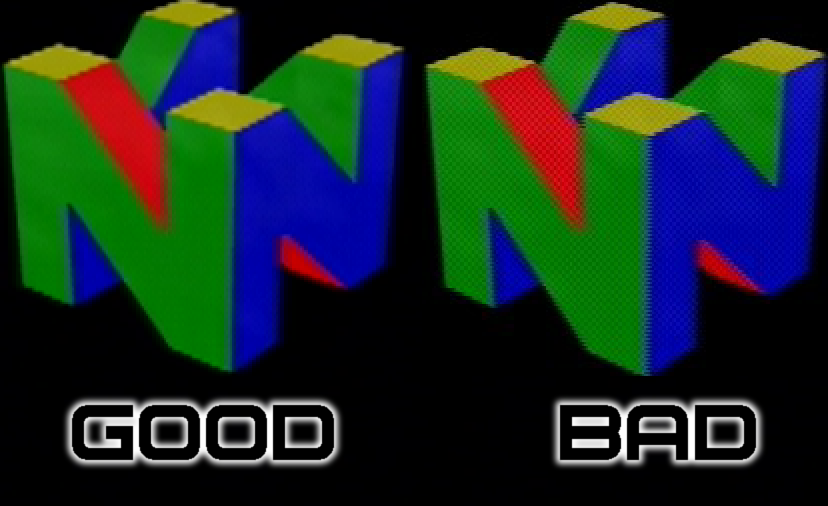Sorry if this is a stupid question, but what exactly is the "480" in "480i"? Is 480i always considered 480 height? Its just a bit confusing because some snes games have 480i modes too. Does that mean some snes games go from 240 vertical to 480 (640 would be horizontal, or something I guess?)?
And if interlaced modes are frowned upon, would it better to use GSM to force 480p with component cables on ps2 games that are natively 480i? I don't see how it would be so bad if they were natively 480 vertical, unless 480i refers to 240 vertical. Does that mean most ps2 games are natively 240 vertical? Sorry again if its a really dumb question but I am legit curious I guess.
The numbers refer to the vertical resolution of the output.
P and I refer to whether the output updates every line at once, or alternates between every second line each frame.
480i is the standard NTSC SD resolution, of every TV released for like 70 years (ignoring PAL for now). They went with interlacing because it created the best motion for the least bandwidth for video content.
240p was a hack invented by game console developers to get a stable image onto screens while using less bandwidth. It sends the TV (which is expecting 480i) only half of the lines, and the other half remain blank. This creates the black lines referred to as 'scalines' (though in reality they are 'unscanned lines'). It's the standard output of every console from Ataris until N64.Some games on later consoles still used it, the last console supporting it being the Wii.
For the PS2/GC generation, 240p wasn't enough anymore. But most TVs didn't support 480p (get to that in a moment), so their standard output was 480i, just like a TV station's signal.
480p was a fairly late inclusion in SDTVs, and relatively rare. By updating every line of a 640x480 image, you get a more stable picture with increased temporal resolution. The static resolution is identical to 480i, so for a screenshot of a static screen they will look identical.
480p, while a nice bonus on a CRT, becomes very important when moving to fixed-pixel displays (LCD, Plasma), because these displays are progressive by nature, and don't 'scan' lines across the screen like a CRT does. Hence they have to convert an interlaced picture to a progressive one to display it. And these converters in the screens are usually optimised for video, and very bad for sharp gaming pictures, so you get a smeared, crawling picture.
Edit: Also, what Six said!




.jpg)
